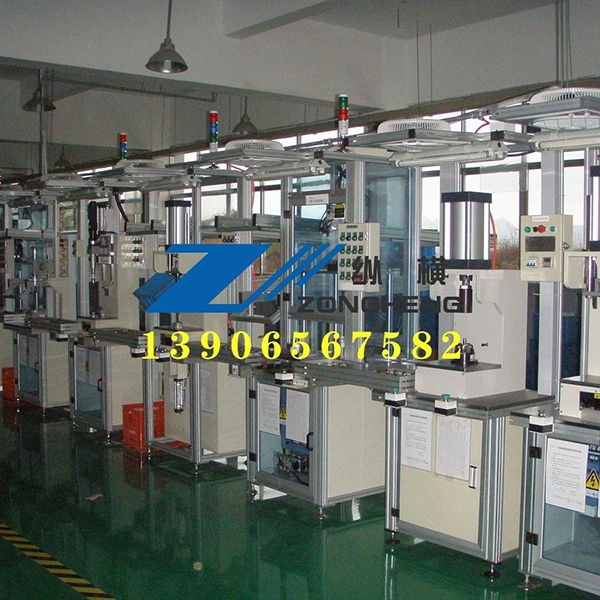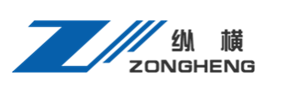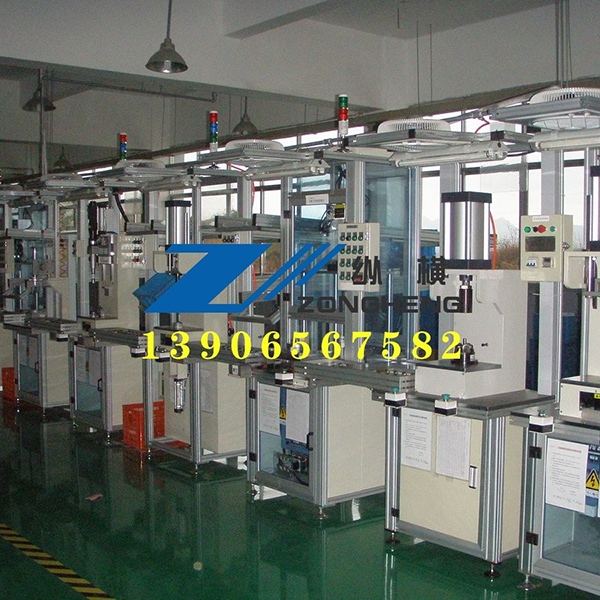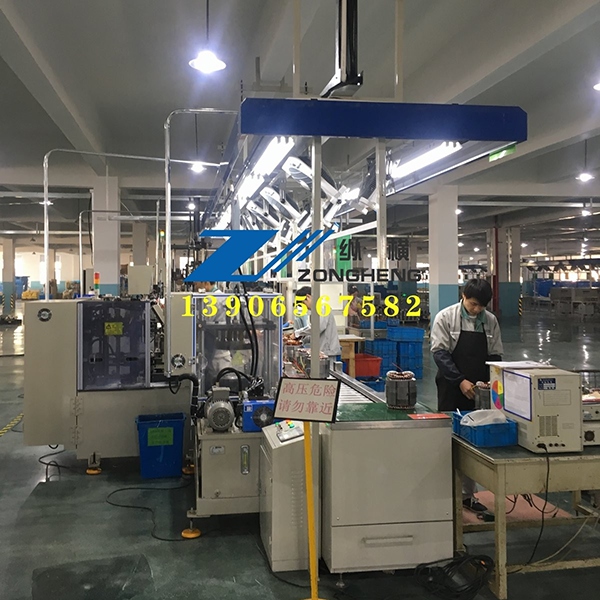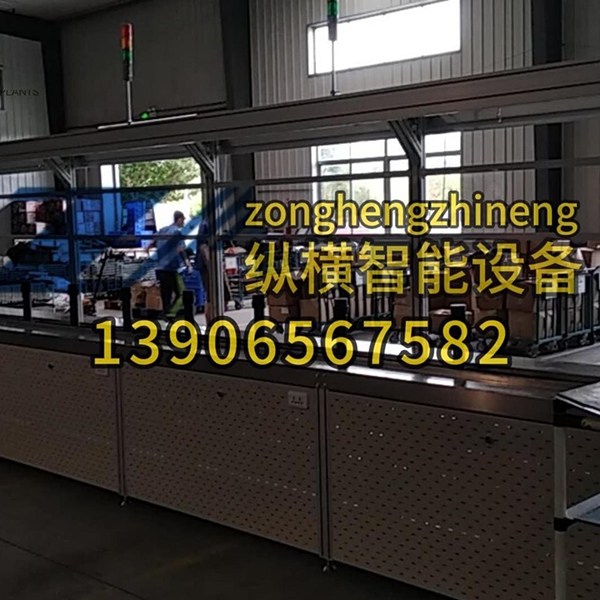Motor Assembly Line
Motor assembly line is a highly automated production line, mainly used for manufacturing and assembling motors. It combines advanced industrial automation technology and precision machining equipment, which can massively and efficiently produce motor products of various specifications.
Details
1. The Working Principle of Motor Assembly Line
The basic principle of a full automatic motor assembly line is to decompose the motor production process into several sub-processes, with each workstation handling a specific task. Through the conveyor belt, parts or semi-finished products are transported sequentially to each station, where workers or automated equipment perform designated operations, ultimately completing motor assembly. Each process can run in parallel, with earlier stages preparing for subsequent ones, enabling efficient continuous production.
For a motorbike motor assembly line, this principle ensures precision in handling smaller components, such as stator winding and rotor balancing, which are critical for two-wheeled vehicles. Similarly, an engine conveyor assemble line applies this methodology to larger powertrain systems, optimizing workflow for automotive or industrial engines.
2. Composition of Motor Assembly Line
A full automatic motor assembly line typically includes:
Transmission system – Powers the conveyor belt.
Conveyor belt – Transports workpieces between stations.
Frame & support structure – Ensures stability.
Electrical control system – Manages operation modes (continuous/beat).
Auxiliary components – Quick connectors, fans, and lighting.
In a motorbike motor assembly line, compact designs are prioritized to fit smaller motor geometries, while an engine conveyor assemble line may incorporate heavy-duty rollers for handling larger engine blocks.
3. Advantages of Motorized Assembly Line
Efficiency: A full automatic motor assembly line minimizes idle time between processes.
Labor reduction: Workers focus on single tasks, lowering physical strain.
Quality control: Systematized processes reduce human error.
Cost savings: Reduced manpower and optimized resource use.
For motorbike motor assembly lines, consistency is key for high-volume e-bike production, while engine conveyor assemble lines benefit from precision in aligning crankshafts and pistons.
4. Types of Motorized Assembly Line
Belt line: Quiet, ideal for lightweight parts (e.g., motorbike motor assembly line).
Plate chain line: Heavy-duty, handles engines (e.g., engine conveyor assemble line).
Roller line: Allows offline rework, useful in full automatic motor assembly lines.
5. Efficiency Optimization Strategies
Line balancing: Equalize workstation times (critical in motorbike motor assembly lines).
Process refinement: Eliminate waste (e.g., engine conveyor assemble line downtime).
Automation: Robots reduce errors in full automatic motor assembly lines.
Smart management: Predictive maintenance via IoT (applies to all types).
